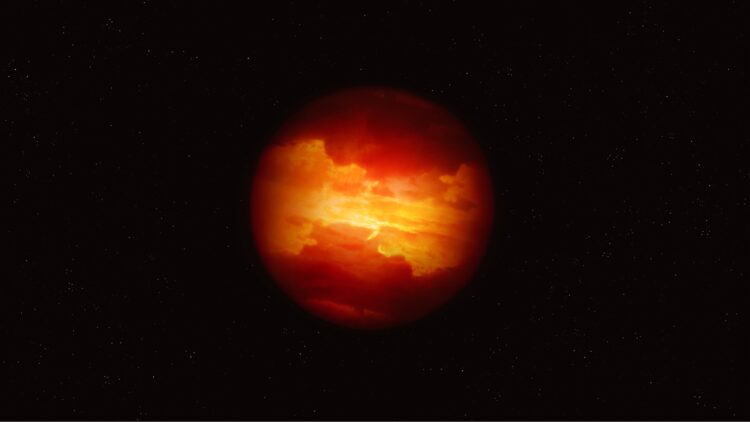Given the vastness of the universe, finding the answer to some of the scientific questions that have plagued astronomers for years is not an easy feat. One of the most curious substances in the universe is dark matter, and the information that we have about it is limited and subject to a lot of change as we continue to learn, but now, astronomers believe that the key to unlocking those answers is in dark dwarfs, which are a very specific type of star.
One curious thing about how we perceive objects that are far away in the universe is by the absence of light around them, as they are too far away for us to properly see them. But dark dwarfs may be a bit different. A recent study put together by researchers from the UK, Hawaii, and Liverpool suggests that in parts of the universe where dark matter is prevalent, like the center of our galaxy, some of the stars that are considered brown dwarfs will have a very unusual behavior and they could start glowing from the inside out thanks to energy from dark matter itself.
The study, titled “Dark Dwarfs: Dark Matter-Powered Sub-Stellar Objects Awaiting Discovery at the Galactic Center” has worked on this theory for a while and does not just present the idea, it also provides the groundwork on how it could be proven.
How dark dwarfs could help us identify dark matter
The name dark dwarf can be misleading, as these stars are not made of dark matter and are not invisible, they are in essence brown dwarfs that never got big enough to kick off nuclear fusion. Normally, brown dwarfs start off faintly glowing and cool off as they age, but in places with a lot of dark matter a brown dwarf could start accumulating dark matter particles and if those particles are WIMPs (short for Weakly Interacting Massive Particles), they might occasionally try to cancel each other and release energy inside the dwarf. This process could heat the object from the inside, keeping it warmer and brighter than it otherwise would be.
For those getting excited, this is just a theory, albeit a very plausible one. Dark matter exerts gravity, so it can be pulled in by other objects and if it accumulates in the core of a star-like body, the particles could start interacting with each other in a way that produces energy. This means that, unlike regular brown dwarfs that gradually dim, dark dwarfs would stay stable in terms of size, brightness, and heat.
Dark matter makes up about 85% of the matter in the universe, and yet we have never seen it directly and we only know it is there because of its effects, like how it pulls galaxies, bends light, and influences how the universe expands. Astronomers have created all kinds of theories about what it might be, but WIMPs have long been a favorite.
This dark dwarf idea adds a new twist, as, if they exist, and we can find them, it could give us a real way to track down indirect signs of dark matter. The question is where to start looking, and the answer seems to be closer to home than we realize, like the center of our galaxy. That region has a lot more dark matter than the outskirts so it stands to reason that we would find a dark dwarf there.
The key to finding these dwarfs could be the James Webb Space Telescope, as it is designed to see faint, cold objects in the infrared, which would line up with the emissions from the dark dwarf.

